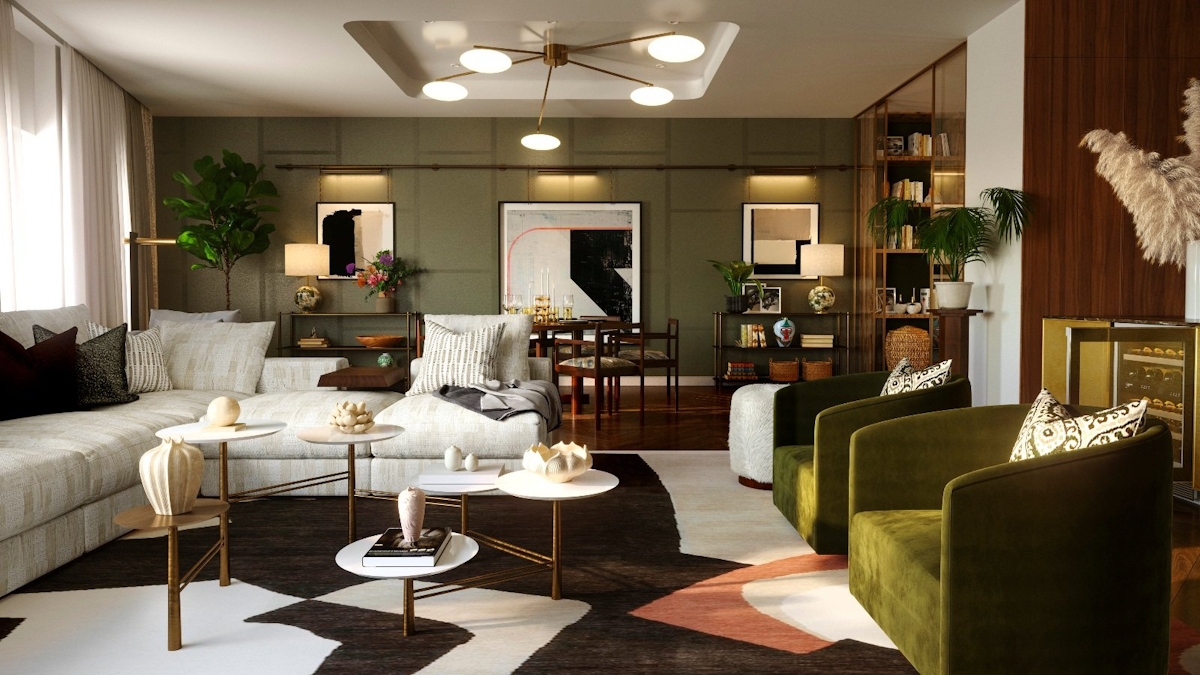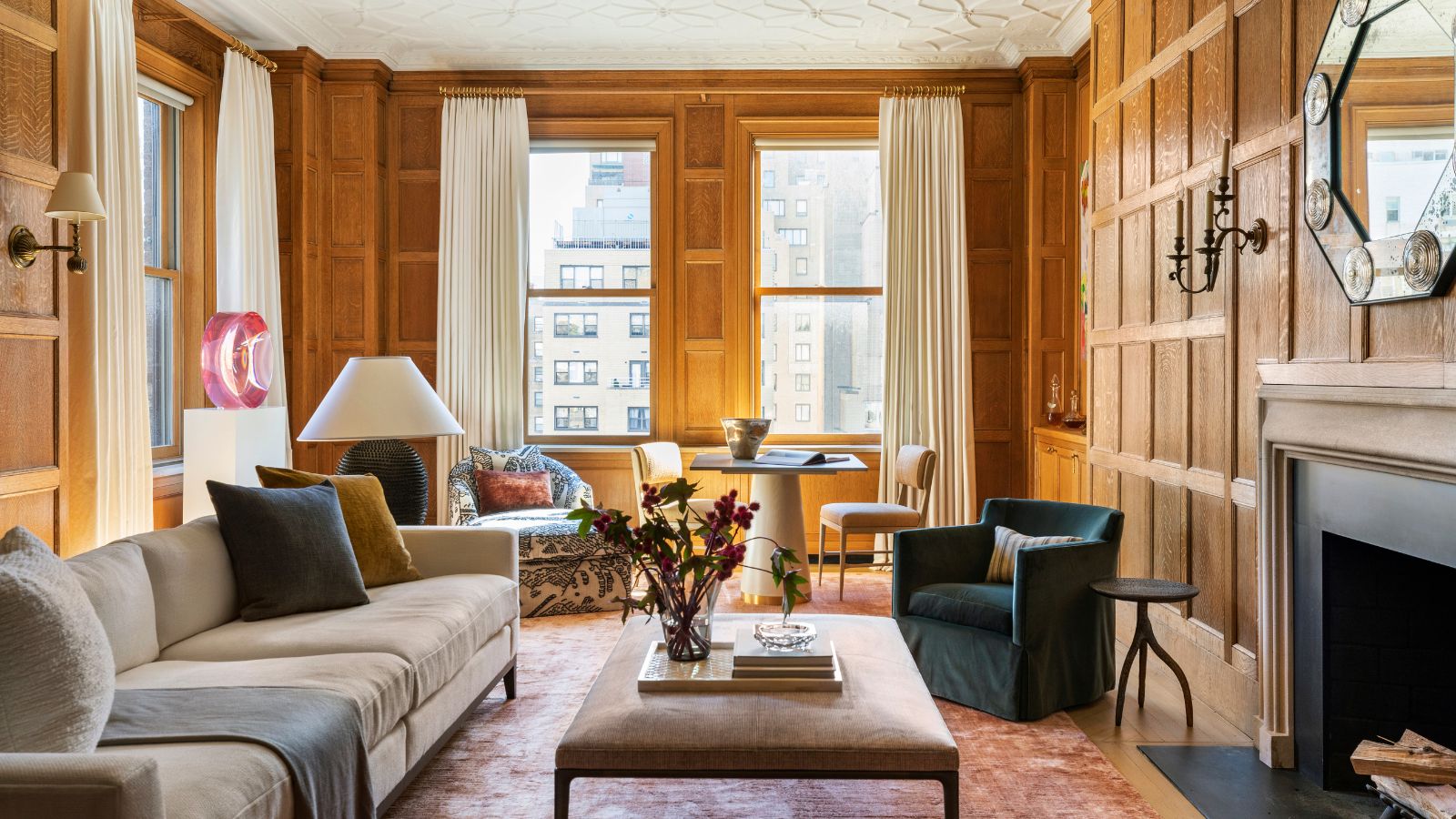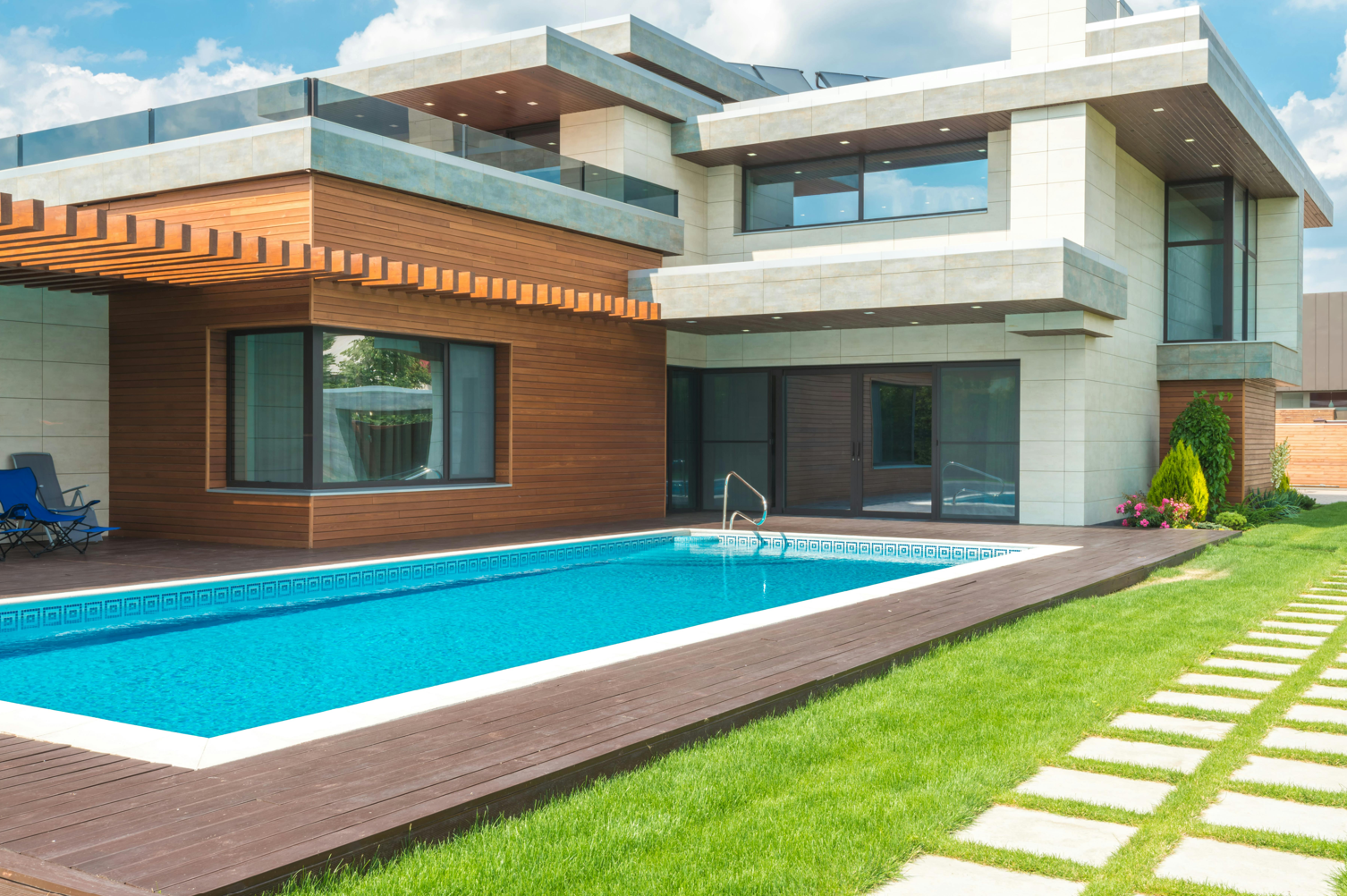The Most Popular Interior Design Styles Explained
The Most Popular Interior Design Styles Explained interior design is more than just arranging furniture or choosing paint colors. It’s an expression of personality, culture, and lifestyle—an art form that can transform a room from ordinary to extraordinary. Whether you’re revamping your current space or starting fresh in a new home, understanding the different interior design styles can help you create an environment that resonates with you. In this comprehensive guide, we’ll dive into the most popular interior design styles, uncovering what makes each unique, and offering tips on how to incorporate them into your home.

1. Modern Interior Design Styles
The modern interior design style is often mistaken for contemporary design, but they’re actually distinct. While contemporary design is ever-evolving, modern design focuses on sleek lines, minimalist decor, and a neutral color palette. This style emerged in the early 20th century and emphasizes functionality over ornamentation. You’ll find open floor plans, large windows, and an abundance of natural light.
Key Features:
- Clean, straight lines
- Neutral color schemes (think whites, grays, and blacks)
- Emphasis on form and function
- Open spaces with minimal clutter
Modern interiors often use materials like steel, glass, and concrete, which add to the sleek, industrial feel. The use of geometric shapes and structured furniture brings a sense of order to the space.
Tips for Incorporating Modern Design:
- Keep furniture minimalistic and geometric.
- Stick to neutral tones, with pops of color in artwork or accessories.
- Opt for functional furniture, such as storage ottomans or minimalist shelving units.
2. Scandinavian Interior Design Styles
Scandinavian design has become increasingly popular due to its ability to marry aesthetics with practicality. Originating in the Nordic countries, this interior design style is known for its clean lines, simple functionality, and use of natural elements. It creates spaces that feel light, airy, and welcoming.
Key Features:
- Light, neutral color palettes (whites, beiges, light grays)
- Natural materials like wood and wool
- Minimalistic approach with an emphasis on function
- Cozy textiles like throws and rugs
The beauty of Scandinavian design lies in its ability to combine simplicity with warmth. Despite the often-muted color schemes, the spaces feel incredibly inviting. Think wooden floors, natural light, and cozy accents like knitted blankets or sheepskin rugs.
Tips for Incorporating Scandinavian Design:
- Use light-colored wood for furniture and flooring.
- Add comfort with plush pillows and throws.
- Keep accessories minimal but functional—think candleholders and simple plants.
3. Industrial Interior Design Styles
Inspired by the industrial revolution, the industrial interior design style celebrates raw materials and exposed architecture. With its origins in repurposed warehouses and factories, this style is all about embracing imperfections. It’s an edgy and bold aesthetic, often seen in loft apartments and urban homes.
Key Features:
- Exposed brick walls
- Open shelving, steel beams, and ductwork
- Rustic finishes with a mix of modern elements
- Bold lighting fixtures like oversized pendant lamps
The charm of industrial design is in its unfinished look, with rough textures, metal surfaces, and concrete elements. It’s a style that values function over form, where every piece of furniture and decoration is both practical and visually striking.
Tips for Incorporating Industrial Design:
- Opt for dark colors like charcoal or navy for walls and furniture.
- Mix materials like metal and wood for a contrasting effect.
- Add statement lighting fixtures, like exposed bulb chandeliers or pendant lights.
4. Bohemian Interior Design Styles
The Bohemian, or Boho, interior design style is perfect for those who crave individuality and vibrant, eclectic spaces. This style celebrates creativity, freedom, and a mix of cultures. It draws inspiration from various parts of the world, blending patterns, textures, and colors to create a warm, lived-in atmosphere.
Key Features:
- Rich, earthy color palettes with jewel tones
- Layered textiles such as rugs, cushions, and throws
- Eclectic mix of furniture and decor from different cultures
- Indoor plants for a touch of nature
A Bohemian space often feels like it’s been curated over time, with an emphasis on comfort and personal expression. The beauty of Boho design is its flexibility—anything goes, as long as it feels right.
Tips for Incorporating Bohemian Design:
- Mix and match patterns—don’t be afraid of bold prints.
- Use vintage or antique furniture to create a sense of history.
- Fill the space with lush, green plants to bring life into the room.
5. Mid-Century Modern Interior Design Styles
The Mid-Century Modern interior design style was born in the post-World War II era and remains one of the most enduring styles today. Known for its simple, functional design, Mid-Century Modern places a strong emphasis on organic shapes, clean lines, and natural materials.
Key Features:
- Clean lines and functional furniture
- Organic and geometric shapes
- Use of natural materials like wood and leather
- A mix of vibrant and muted colors
This style often features furniture with tapered legs and low-profile sofas, creating an uncluttered, open feel. The furniture is often functional but aesthetically pleasing, with a focus on clean design.
Tips for Incorporating Mid-Century Modern Design:
- Choose furniture with slim legs and geometric shapes.
- Use natural materials such as walnut or teak for furniture.
- Add pops of color with retro-inspired decor or artwork.
6. Coastal Interior Design Styles
Coastal interior design styles bring the serene beauty of the beach into your home, creating spaces that feel fresh, airy, and relaxed. Inspired by coastal regions, this style uses light colors, natural textures, and plenty of open space to evoke the calmness of the ocean breeze.
Key Features:
- Soft, light color schemes like white, sand, and seafoam green
- Natural materials such as wicker, rattan, and linen
- Nautical-inspired elements like seashells and driftwood
- Open, breezy layouts with large windows
The hallmark of Coastal design is its light, airy feeling. It’s about creating spaces that remind you of being by the sea, even if you’re miles away from the coast.
Tips for Incorporating Coastal Design:
- Stick to a light and neutral color palette.
- Use natural fibers for furniture and decor, like wicker or jute.
- Incorporate coastal elements like beach-inspired artwork or shell decorations.
7. Rustic Interior Design Styles
Rustic interior design styles are all about bringing the beauty of nature indoors. This style celebrates the charm of the countryside, focusing on raw, unfinished materials and a sense of warmth and coziness. It’s a perfect style for those who want to create a comfortable, welcoming home.
Key Features:
- Exposed wood beams and logs
- Stone or brick fireplaces
- Earthy color palettes with deep browns, greens, and reds
- Handmade or vintage furniture
Rustic interiors often use materials like reclaimed wood, leather, and stone to create a cozy, earthy atmosphere. The style exudes warmth and authenticity, often invoking feelings of nostalgia.
Tips for Incorporating Rustic Design:
- Choose furniture made from reclaimed wood or distressed finishes.
- Add cozy elements like wool throws or leather chairs.
- Use warm, earthy tones to create a welcoming atmosphere.
8. Art Deco Interior Design Styles
Art Deco is a glamorous interior design style that emerged in the 1920s and 1930s. Known for its bold geometric patterns, luxurious materials, and intricate detailing, Art Deco combines elegance with modern flair.
Key Features:
- Bold geometric patterns and shapes
- Luxurious materials like marble, chrome, and glass
- Rich, deep colors such as emerald, gold, and black
- Statement furniture and decor pieces
Art Deco interiors exude opulence and sophistication. It’s a style that celebrates the beauty of the machine age, mixing sleek lines with intricate decorative elements.
Tips for Incorporating Art Deco Design:
- Use bold geometric patterns in textiles and furniture.
- Opt for luxurious materials like mirrored surfaces and chrome finishes.
- Incorporate statement lighting, such as chandeliers with geometric designs.
9. Traditional Interior Design Styles
Traditional interior design styles are rooted in the past, drawing inspiration from European homes and classic furnishings. This style is all about creating an elegant, timeless atmosphere with a focus on symmetry and richly detailed decor.
Key Features:
- Rich, dark wood furniture and trim
- Symmetrical layouts and designs
- Classic patterns like florals, stripes, and plaids
- Ornate decor such as chandeliers and framed artwork
Traditional design often incorporates antique furniture and luxurious fabrics, creating a refined and sophisticated environment.
Tips for Incorporating Traditional Design:
- Choose classic furniture with intricate detailing and rich wood finishes.
- Use luxurious fabrics such as velvet or silk for upholstery.
- Incorporate traditional artwork or framed mirrors to complete the look.
10. Transitional Interior Design Styles
Transitional interior design styles blend the best of traditional and modern design, creating a balanced, harmonious space that feels both current and timeless. It’s a popular choice for those who want the elegance of traditional design but with a more contemporary feel.
Key Features:
- A mix of traditional and modern furniture
- Neutral color schemes with pops of color
- Clean lines combined with ornate details
- Focus on comfort and functionality
Transitional spaces often feel open and inviting, with a blend of textures and materials that create visual interest without overwhelming the senses.
Tips for Incorporating Transitional Design:
- Mix modern and traditional furniture for a balanced look.
- Use neutral tones with carefully chosen accent colors.
- Incorporate both sleek, modern finishes and warm, traditional textiles.
The world of interior design styles is vast and varied, offering something for everyone, no matter your taste or lifestyle. From the clean lines of modern design to the relaxed vibes of coastal interiors, each style brings its own unique charm and personality. By understanding the key features and design principles of each style, you can choose the one that best suits your space, making your home a true reflection of your personality.
No matter which interior design style resonates with you, the key is to make it your own. Incorporate elements that bring you joy, whether it’s through bold colors, cozy textures, or unique furniture pieces. With the right design, your home can become a haven where comfort, style, and functionality coexist harmoniously.








